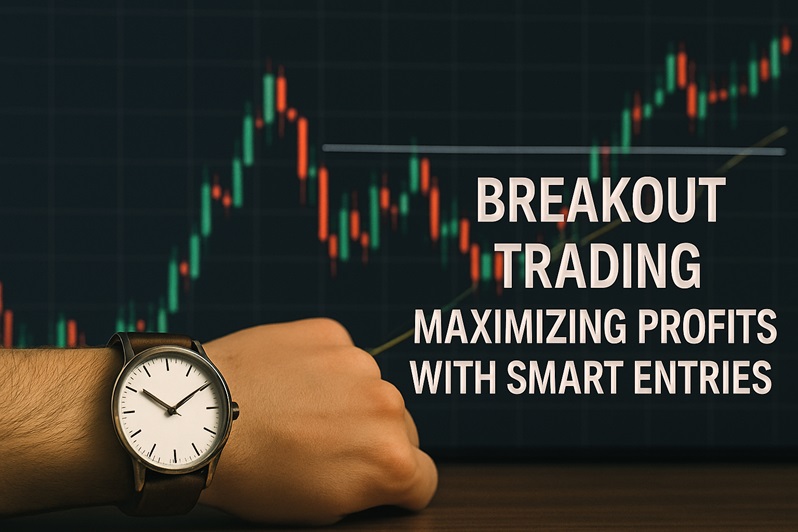
Breakout trading is one of the most dynamic strategies in Forex, offering traders the chance to capitalize on sudden price movements when markets escape established ranges. By identifying key support and resistance levels, traders can enter positions just as momentum builds—maximizing profit potential with well-timed entries. Understanding how and when to execute a breakout trade is essential for those seeking fast-moving market opportunities.
What is Breakout Trading and Why It Works
Breakout trading involves entering a trade when the price breaks beyond a defined level of support or resistance. This breakout is typically accompanied by increased volume and volatility, signaling the start of a strong directional move. Traders aim to enter early in this move to ride the momentum and capture substantial profits before the trend slows.
The strategy works because price consolidations—periods of low volatility within a range—often precede large market moves. These consolidations reflect indecision in the market. Once a breakout occurs, it indicates that one side—buyers or sellers—has gained control, leading to a surge in activity. Traders who can identify these zones ahead of time and respond with precision can secure high-probability entries and efficient exits.
Key Elements for Smart Entry Points
Successful breakout traders rely on more than just price action. They confirm breakout validity using tools such as volume indicators, volatility bands, and candlestick formations. For instance, a breakout that occurs on strong volume is more likely to sustain momentum, while low-volume breakouts may quickly reverse.
Timing plays a critical role. Traders often wait for a retest of the breakout level—a pullback to the previous support or resistance line—to enter with added confirmation. This approach reduces false breakout risk and improves the overall trade setup.
Another important element is understanding market context. Breakouts that occur during high-liquidity periods, such as the London-New York session overlap, tend to be more reliable. In contrast, breakouts during low-volume hours are more prone to failure.
Managing Risk and Maximizing Profit Potential
Risk management is crucial in breakout trading due to the volatile nature of price moves. Traders typically use tight stop-loss levels just inside the breakout zone to limit losses from false signals. Position sizing and risk-reward ratios must be carefully calculated to ensure long-term success.
Profit targets can be set based on technical patterns, such as the height of the range preceding the breakout. Alternatively, traders use trailing stops to lock in gains while allowing for extended moves. Monitoring momentum indicators helps determine whether the trend has the strength to continue or if it’s time to exit.
Breakout traders also benefit from maintaining a clear trading plan and avoiding impulsive decisions. Using alerts or automation tools can help respond swiftly to breakout signals without overtrading.
Conclusion
Breakout trading offers a compelling way to capture fast-moving price action in the Forex market. By combining technical analysis, smart entry timing, and disciplined risk management, traders can take advantage of market momentum and improve their performance. Mastering the breakout strategy is about more than catching moves—it’s about executing with precision and confidence.
FAQs
What timeframes work best for breakout trading?
Breakout strategies can be applied across timeframes, but many traders prefer 15-minute to 1-hour charts for intraday setups.
How do I avoid false breakouts?
Look for confirmation through volume, candle patterns, and wait for a retest of the breakout level before entering a trade.
Are breakout trades suitable for beginners?
They can be effective for beginners if proper risk management is used and entries are based on clear, validated setups.
What indicators help with breakout trading?
Volume indicators, Bollinger Bands, RSI, and support/resistance zones are commonly used to confirm breakouts.
Should I trade breakouts during news events?
Breakouts during high-impact news can be volatile and risky. It’s best to have a strategy in place or wait for the market to stabilize.
